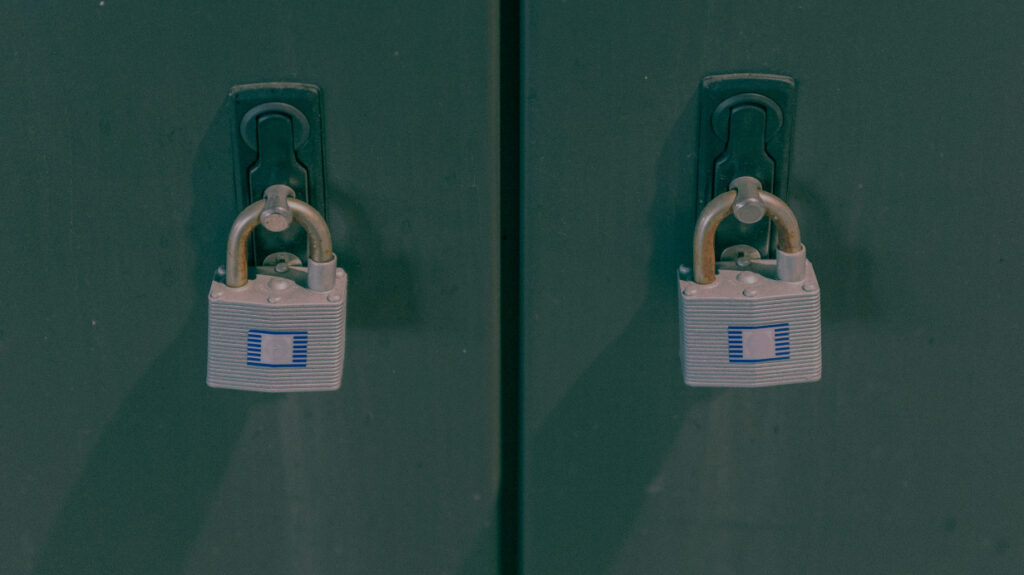In today’s digital age, data is the lifeblood of businesses and organizations. Safeguarding its integrity and ensuring it stays in the right hands is paramount. The responsibility for this critical task falls squarely on the shoulders of effective data access control systems, which govern who can access, modify, or delete sensitive information. However, like any security system, access controls can weaken over time, exposing and making your data vulnerable. So, how can you spot the warning signs of a deteriorating data access control process? In this blog, we’ll uncover the telltale indicators that your data access control is on shaky ground.
- Data Breaches and Leaks
It’s undeniable that a data breach or leak is the most glaring and alarming indicator of your data access control’s downfall. When unauthorized parties manage to infiltrate your sensitive information, it’s akin to waving a red flag and shouting, “Wake up!” The unmistakable sign points to glaring vulnerabilities within your access control systems. These breaches bring dire consequences, including reputational damage, hefty fines, and the substantial erosion of customer trust. With the global average cost of a data breach at a staggering USD 4.45 million, it’s most certainly something you want to avoid.
- Data Isolated in the Shadows
Do you find yourself with pockets of data hidden in different departments or applications, making it inaccessible to those who genuinely need it? This phenomenon creates data silos that obstruct collaboration and efficiency. Moreover, it complicates access control management, as each data silo may function under its own potentially inconsistent set of rules and protocols.
- Unclear Ownership and Accountability
Does anyone within your organization “own” data, ensuring its proper use and security? Vague ownership fosters a culture where everyone feels entitled to access, making it difficult to track user activity, identify responsible parties in case of misuse, and enforce access control policies.
- Manual Granting of Access
If access permissions are manually granted and updated, it’s a clear sign that your access control system is outdated. Manual processes are time-consuming, error-prone, and hardly scalable. They create bottlenecks that delay legitimate users’ access while increasing the risk of inadvertently granting unauthorized access. It’s high time to transition to automated access control solutions to keep pace with the evolving demands of data security.
- Lack of User Reviews and Audits
According to recent data, IT security decision-makers say 77% of developers have excessive privileges. This concerning statistic underscores the importance of scrutinizing our data access control practices. Are access permissions infrequently reviewed and adjusted to align with evolving roles and responsibilities? Failing to conduct regular reviews results in outdated permissions persisting, needlessly granting access to individuals who no longer require it. Hence, conducting frequent audits becomes imperative, not only for identifying potential vulnerabilities but also for ensuring compliance with stringent regulations.
- Weak Password Practice
Weak password practices, such as using easily guessable passwords, sharing passwords, or infrequently updating them, undermine the very foundation of data security. Data breaches often begin with compromised credentials, underscoring the critical importance of robust password policies and multi-factor authentication.
- Frequent Privilege Escalation
If users frequently request elevated access privileges to carry out their tasks, it suggests a deficiency in role-based access control (RBAC). RBAC assigns permissions based on roles and responsibilities, minimizing the need for escalated access and reducing the risk of misuse.
- Shadow IT and Unsanctioned Applications
Are employees using unauthorized applications or cloud storage solutions to access and share data? Shadow IT bypasses established security controls, creating blind spots and escalating the risk of data leaks. The implementation of sanctioned alternatives and enforcement of their use is paramount.
- Non-Compliance with Regulations
Does your organization handle sensitive data subject to stringent regulations like HIPAA, GDPR, or PCI DSS? Failure to comply with these regulations can result in substantial fines and reputational harm. Aligning your access controls with regulatory requirements is imperative to avoid hefty penalties.
- Difficulty Responding to Incidents
Is it challenging to track user activity and pinpoint the source of data breaches or leaks? How long after an incident or breach is your team notified? Without proper logging and auditing, investigating incidents becomes a time-consuming and frustrating endeavor. Effective logging and monitoring are prerequisites for quickly identifying and responding to security threats.
Addressing the Warning Signs
If you recognize any of these red flags within your data access control system, it’s time to take decisive action. Here are some steps to strengthen your data access control:
- Conduct a comprehensive security assessment to identify vulnerabilities and gaps in your existing controls.
- Opt for an automated access control platform that lets you turn on access controls, apply data masking policies, and set thresholds with just a few clicks.
- Get auditable query logs to prove privacy controls are working correctly.
- Use a rate-limiting data access threshold technology to alert, slow or stop data access on out-of-normal requests – in real-time.
- Enforce strong password policies and multi-factor authentication to make it harder for unauthorized individuals to gain access.
- Educate users on data security to foster a culture of security awareness to minimize human error.
- Stay updated on evolving threats and regulations and adapt your access controls to address new risks and compliance requirements.
Wrapping Up
Remember, data access control is an ongoing process, not a one-time fix. By heeding the warning signs and taking proactive measures, you can ensure that your data remains secure, protected from unauthorized access, and in the right hands, safeguarding your organization and its stakeholders.


